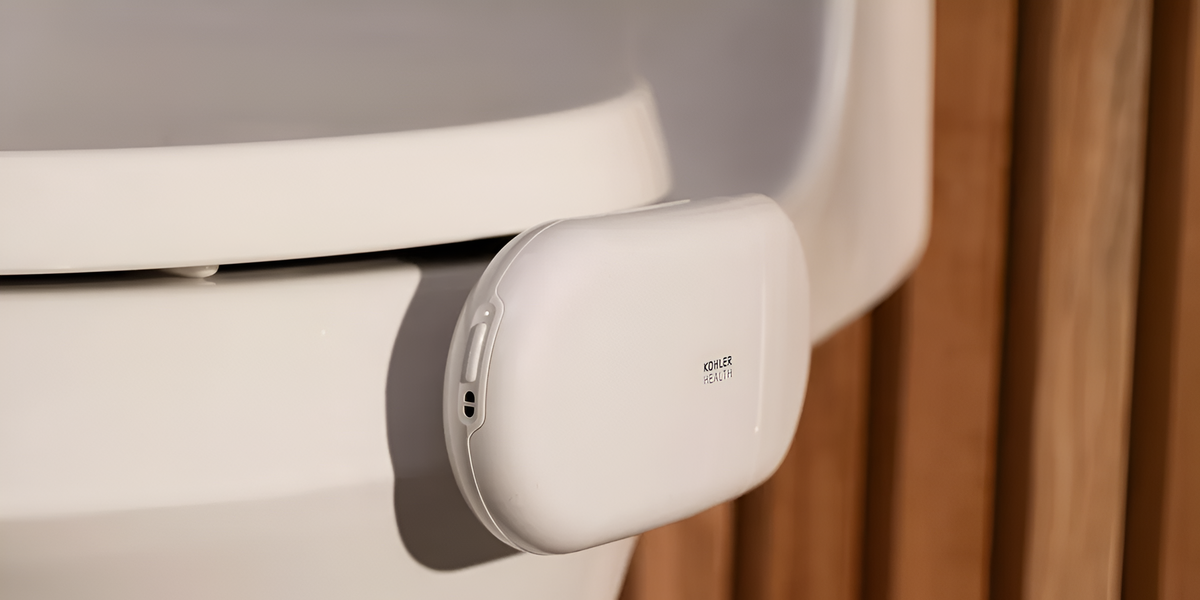Who hasn’t encountered that ninja museum worker who appears out of nowhere just when we’re trying to photograph a work on display? Although in reality photographs in museums They are not always prohibited. Usually prohibited using flash. It is often said that this is because the paintings are damaged, although there are those who believe that it is more likely a way to prevent visitors from taking photos and, if they want a good photo, from making a purchase in the museum’s store.
It’s true that we can take a photo without flash, but what’s worse is the light They are usually too dim, so photographs in museums don’t turn out very well. The reality is that if it was decided to ban the use of flash to immortalize works of art, it was done with a clear intention: protect the paintings.
Light coming from both the flash and environmental, may damage some pigments, which will obviously affect the color of the paintings. This has been more than proven, although there are experts who point out that the flash from cell phone cameras, no matter how much it accumulates, is not as harmful as those used in the past. For this reason, some advocate the abolition of these prohibitions, while others insist on maintaining them, at least just in case. Perhaps what is done with photographs in museums will turn out to be individual solution managers of each. For now, just in case, it’s best to take photos without flash. If it’s allowed, of course.
The problem of light
Light is electromagnetic radiation, the wavelength of which varies depending on its color. This wavelength is also responsible for causing the particles that make up light, called photons, to have more or less energy.
On the other hand, the matter, including pigments from museum paintings, consist of atoms. These atoms contain a nucleus containing protons and neutrons, surrounded by a shell containing electrons.
On the other hand, electrons are located in shells, but can jump out when energy hits them. This is known as excitation of the atom. The excited atom tries to return to its normal configuration so that the electrons return to their normal shell. This process releases energy, often in the form warmth or light.
The problem is that in some cases this energy can break the bonds between the atoms that make up matter. Some pigments are especially sensitive, so when they deteriorate, the paint loses its properties. original color.
For this reason, the light falling on the artwork is strictly controlled. It’s not just photographs that are controlled in museums. Paintings are also usually stored in a specific darkness. So much so that the paintings can be viewed without problems, but not so much that the pigments are in danger.
What about the flash?
The camera flashes are still bright. If at least one person takes a photograph with a flash, absolutely nothing will happen to the paintings. The problem is that in some museums thousands of people a day can pass in front of the painting. If they all take photos with flash, the light may damage the pigments. At least that’s what they think.
In 1994, a researcher Martin Evansfrom the University of Cambridge published a study on the dangers of the outbreak for works of art. This study concluded that electronic flash, such as those used in mobile phones today, pose little risk to pigment stability. Even in aggregate. Moreover, other researchers agree that this minimal risk can be compensated for. light adjustment before public visits.
So why are photographs banned in museums?
Just because a flash does not pose an immeasurable danger does not mean it is harmless to paintings. When it comes to works of art of great value, some of which are already in deteriorated condition, it is worth avoid riskno matter how minimal it may be.
However, photographs may be prohibited in museums for other reasons. For example, make the passage of visitors smoother. If everyone stops perpetuating images, movement will become more uncomfortable and the flow of people in some works may be blocked.
This applies to images with and without flash, which is why some museums prohibit photography altogether. On the other hand, there are places where there are other reasons, purely economic and very interesting. This is the case, for example, with The Sistine Chapel. Of course, here you need to be careful with the flash in photographs. But also, you won’t be able to take any pictures or videos even if you are careful with too much light. It began in connection with an agreement concluded 40 years ago between the Vatican and the Japanese broadcaster Nippon TV.
Work on the Sistine Chapel required millionaire recovery, for which there was almost no money. A Japanese television company offered to finance them, but not out of love for art, but in order to get everything in return exploitation rights paintings inside. This means that any documentary or report filmed there must be made with their permission and pay a large sum of money. Otherwise, only their cameras could immortalize these works.
It should be noted that this transfer of rights ended in 1997. However, the Vatican decided to maintain restrictions, especially to avoid chaos when thousands of tourists crowd into take a photo of the Sistine Chapel. In this case, light plays the least important role. The search for order is the main reason.
Source: Hiper Textual












